Table of content
Zongzi, a traditional Chinese rice dumpling wrapped in bamboo or reed leaves, is a beloved culinary treasure enjoyed worldwide, particularly during the Dragon Boat Festival. These pyramid-shaped delights, often filled with ingredients like glutinous rice, pork, beans, or dates, are labor-intensive to prepare from scratch. Consequently, freezing has become a common practice to preserve their freshness and convenience. However, thawing frozen zongzi correctly is equally critical to retain its texture, flavor, and safety. This article delves into the science and practicality of thawing frozen zongzi, exploring methods, timing, and expert tips to ensure your dumplings taste as if they were made hours ago.
Understanding Frozen Zongzi: Composition and Freezing Dynamics
Before addressing thawing times, it’s essential to grasp how freezing affects zongzi. Glutinous rice, the primary ingredient, has a high starch content that hardens when frozen. The filling’s fat content (e.g., pork) and moisture levels (e.g., red bean paste) also influence freezing and thawing rates. Proper freezing—typically at 0°F (-18°C) or below—halts bacterial growth but does not kill microbes, which reactivate during thawing. Thus, thawing practices must balance speed, safety, and quality.
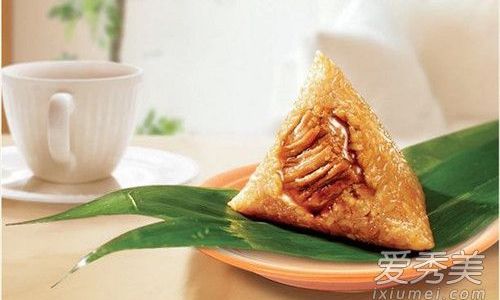
Factors Influencing Thawing Time
The duration required to thaw frozen zongzi depends on several variables:
- Size and Thickness: Larger zongzi (e.g., 200g+) take longer than smaller ones (100g).
- Filling Density: Meat-filled zongzi thaw slower than sweet, less dense varieties.
- Freezer Temperature: Zongzi stored at -10°F (-23°C) thaw faster than those at 0°F (-18°C).
- Packaging: Vacuum-sealed or airtight packaging slows thawing compared to loosely wrapped dumplings.
- Initial Temperature: Zongzi frozen solid versus partially thawed will differ in thawing time.
Recommended Thawing Methods
Refrigerator Thawing (Safest, Slowest)
- Process: Transfer frozen zongzi from the freezer to the refrigerator (40°F/4°C or colder). Keep it in its original packaging or a sealed container to prevent cross-contamination.
- Timing: 12–24 hours for standard-sized zongzi (150–200g). Larger varieties may require up to 36 hours.
- Pros: Maintains food safety by keeping temperatures below 40°F, preventing bacterial growth. Preserves texture and moisture.
- Cons: Requires advance planning; unsuitable for immediate consumption.
Cold Water Thawing (Faster, Requires Attention)
- Process: Place sealed zongzi in a leak-proof bag. Submerge in a bowl of cold tap water, changing the water every 30 minutes.
- Timing: 1–3 hours for small zongzi (100g). Larger ones may take 4–5 hours.
- Pros: Faster than refrigerator thawing. Suitable for urgent needs.
- Cons: Requires frequent water changes to maintain safety. Leaving zongzi in static water risks bacterial proliferation.
Microwave Thawing (Fastest, Riskiest)
- Process: Use a microwave’s “defrost” setting. Place zongzi on a microwave-safe plate and thaw in 1-minute intervals, flipping occasionally.
- Timing: 5–10 minutes per zongzi, depending on wattage.
- Pros: Quickest method. Ideal for last-minute meals.
- Cons: Uneven thawing may partially cook edges. Risk of bacterial growth if not cooked immediately.
Room Temperature Thawing (Not Recommended)
- Process: Leaving zongzi on the countertop.
- Timing: 2–4 hours, but strongly discouraged.
- Cons: Bacteria multiply rapidly between 40°F (4°C) and 140°F (60°C), increasing foodborne illness risks.
Step-by-Step Thawing Guide
Refrigerator Method
- Remove zongzi from the freezer.
- Keep it in its original packaging or transfer to a sealed container.
- Place on a middle shelf (away from strong-smelling foods).
- Allow 12–24 hours. Check for softness by gently pressing; the center should yield slightly.
Cold Water Method
- Seal zongzi in a waterproof bag to prevent leakage.
- Submerge in a large bowl filled with cold tap water.
- Change water every 30 minutes.
- After 1–2 hours, test for flexibility. The zongzi should feel pliable but not mushy.
Microwave Method
- Unwrap zongzi and place on a microwave-safe dish.
- Set microwave to “defrost” (30% power).
- Thaw in 1-minute bursts, flipping and rotating between intervals.
- Cook immediately after thawing to prevent bacterial growth.
Cooking After Thawing
Thawed zongzi must be reheated thoroughly to an internal temperature of 165°F (74°C). Methods include:
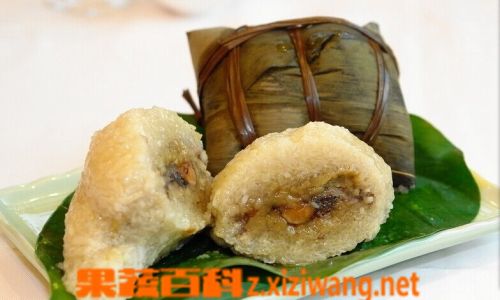
- Steaming: 15–20 minutes over boiling water.
- Boiling: 10–15 minutes in simmering water.
- Pan-Frying: 5–7 minutes per side for a crispy texture.
Note: Microwave-thawed zongzi may require shorter cooking times to avoid overcooking.
Safety and Quality Tips
- Never Refreeze Thawed Zongzi: Refreezing degrades texture and increases contamination risks.
- Avoid Partial Thawing: Complete thawing ensures even cooking.
- Check for Freezer Burn: Discard zongzi with ice crystals or dry patches, as they may taste stale.
- Label and Date: Use freezer-safe markers to track storage dates.
Common Mistakes to Avoid
- Thawing at Room Temperature: Risks bacterial growth.
- Using Hot Water: Accelerates bacterial multiplication and may cook the exterior unevenly.
- Overcrowding the Microwave: Leads to uneven thawing.
- Ignoring Packaging: Exposing zongzi to air during thawing causes dryness.
Cultural and Practical Insights
Zongzi’s origins trace back to the Warring States period, honoring the poet Qu Yuan. Today, it symbolizes heritage and togetherness. Proper thawing respects this tradition by ensuring every bite is as intended—soft, aromatic, and safe.
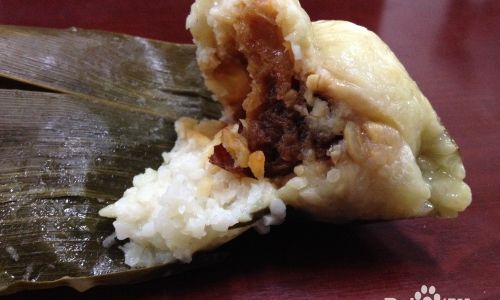
Conclusion
Thawing frozen zongzi is a delicate balance of time, temperature, and technique. While refrigerator thawing remains the gold standard for safety and quality, cold water and microwave methods offer flexibility for urgent cravings. By understanding the factors at play and adhering to best practices, you can transform a frozen dumpling into a culinary masterpiece, bridging tradition and convenience seamlessly. Whether you’re a seasoned chef or a novice, mastering the art of thawing ensures that every Dragon Boat Festival—or spontaneous zongzi craving—is met with perfection.



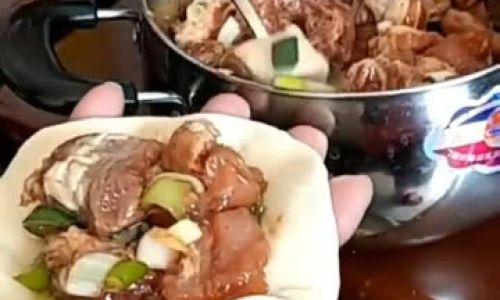
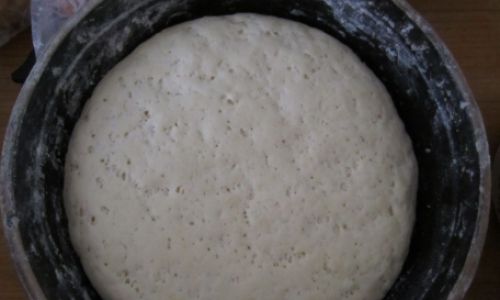
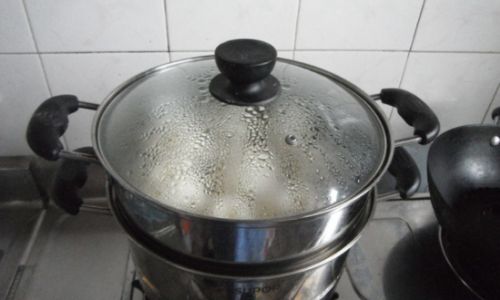
0 comments